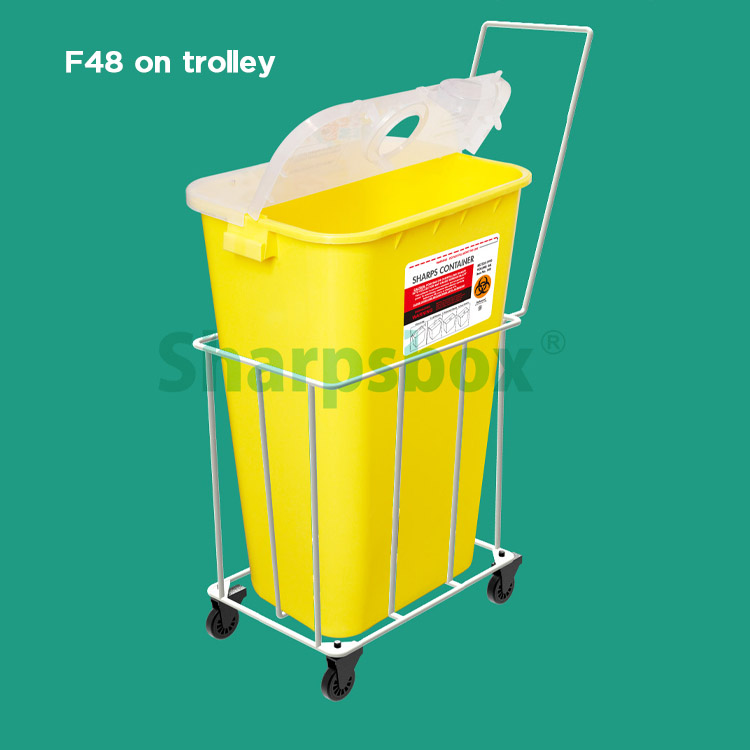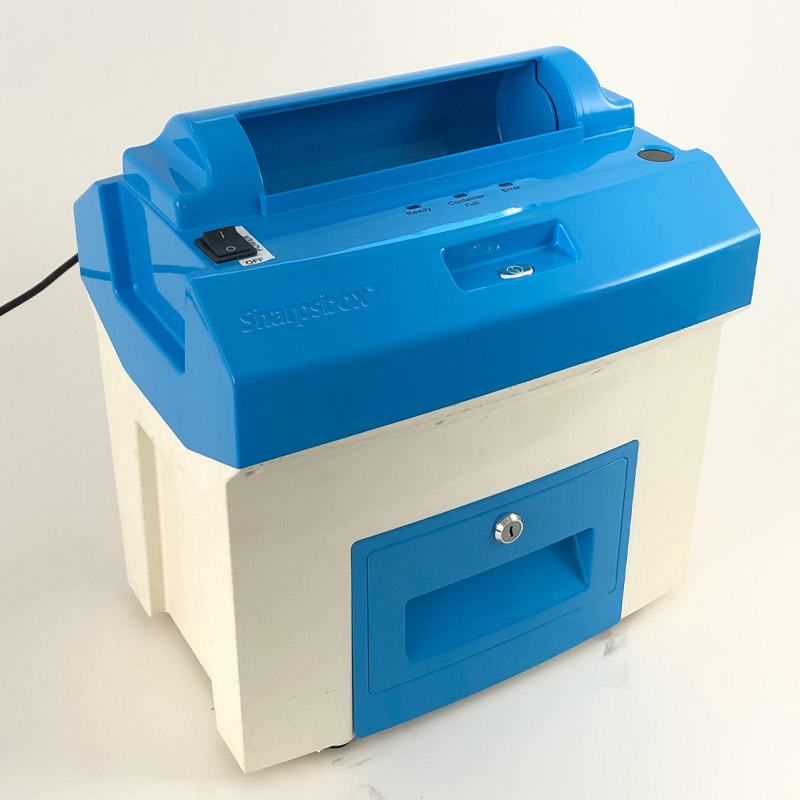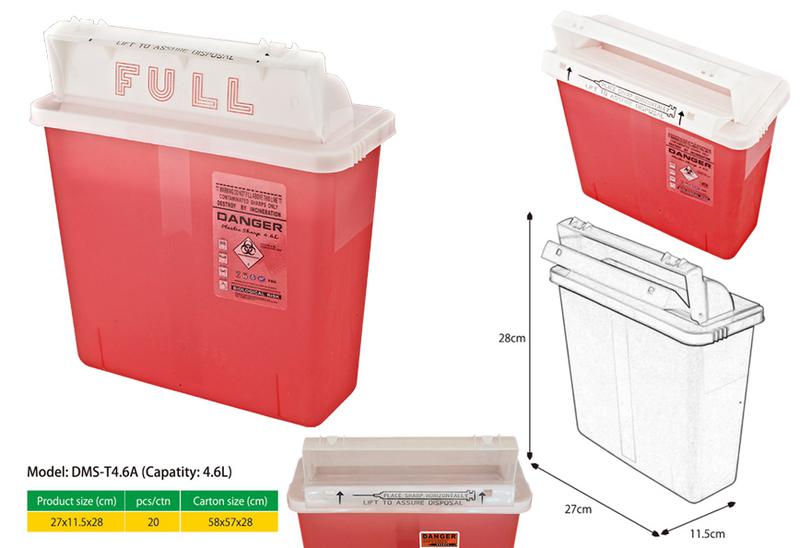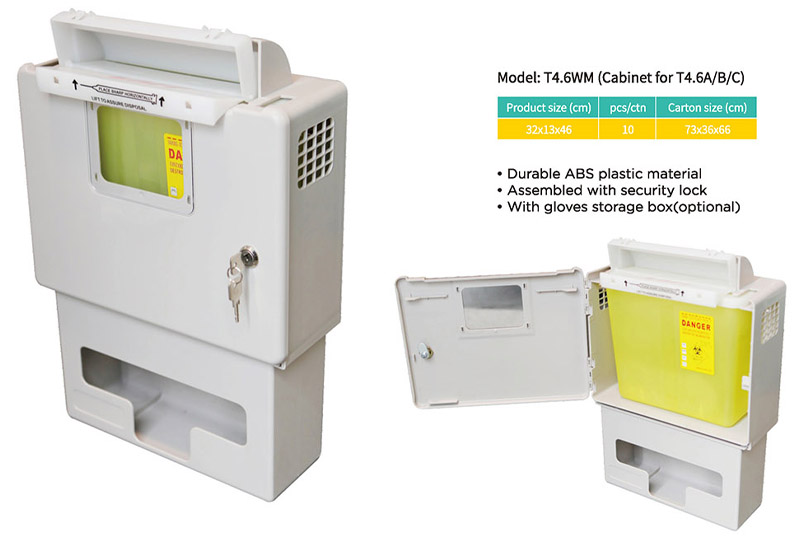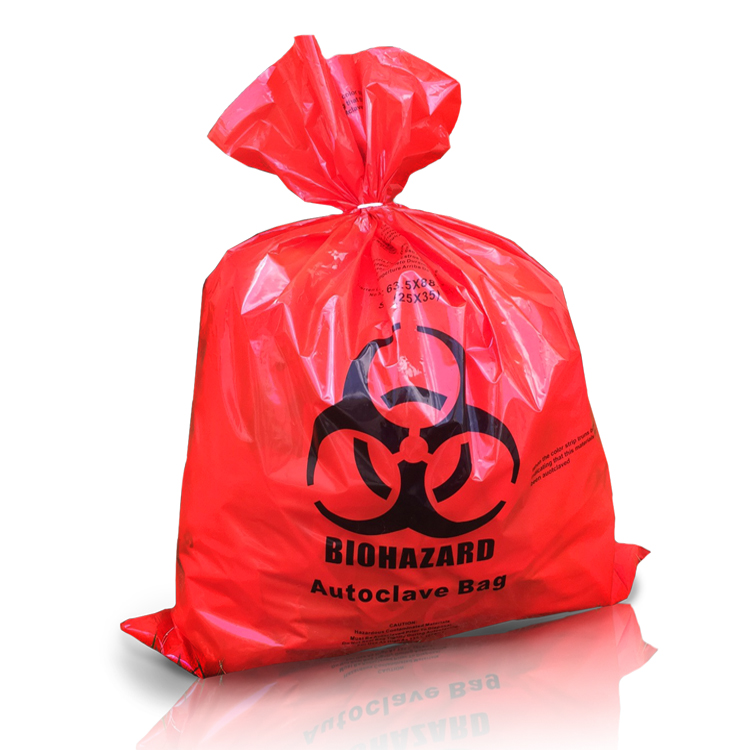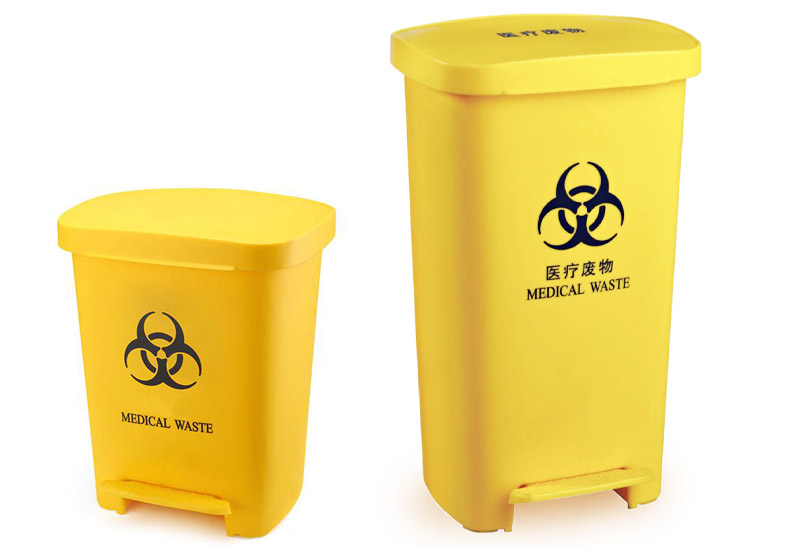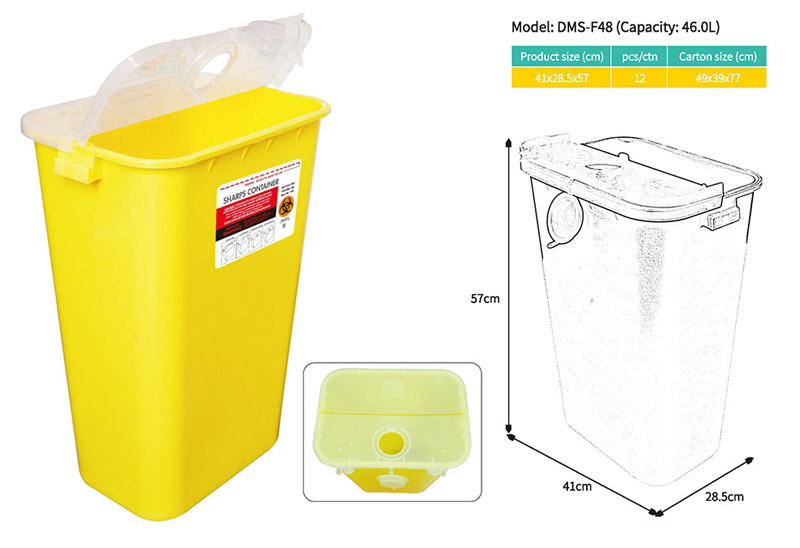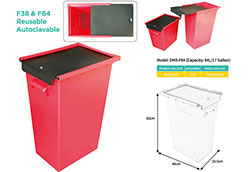Segregation of hospital biomedical waste and disposal procedure
Segregation of medical waste
Including: infectious waste, traumatic waste, pharmaceutical waste, chemical waste, pathological waste.
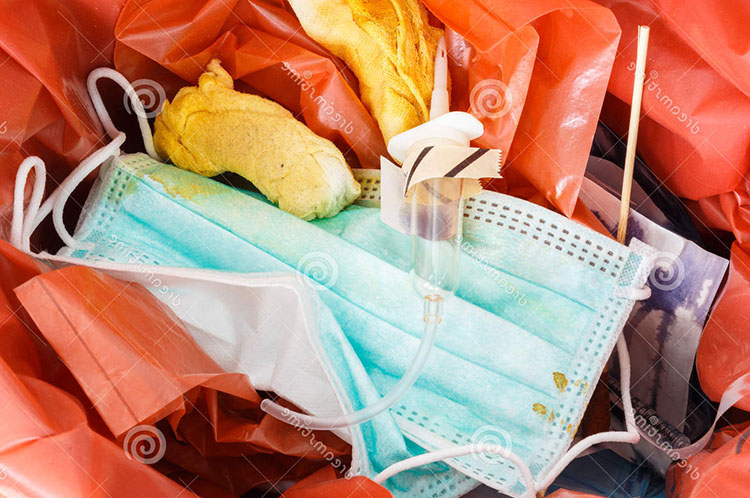
Infectious waste
Infectious waste refers to medical waste that carries pathogenic microorganisms and has the risk of spreading infectious diseases.
Items contaminated by the patient’s blood, body fluids, and excreta, including: cotton balls, cotton swabs, drainage slivers, gauze and various other dressings; disposable sanitary products, disposable medical supplies and disposable medical devices; discarded bedclothes ; Other items contaminated by the patient’s blood, body fluids, and excreta.
Domestic garbage produced by isolated patients with infectious diseases or patients with suspected infectious diseases admitted to medical institutions.
Pathogen's culture medium, specimens, bacteria, and virus seed preservation solutions.
Various discarded medical specimens.
Waste blood and serum.
Disposable medical supplies and disposable medical devices after use are regarded as infectious waste.
Approach:
Collect them in a yellow medical trash bin with a lid, and set a special yellow medical trash bag. When the container is 3/4 full, the garbage bag is sealed and a special logo is affixed.
The pathogen culture medium, specimens, bacteria, and virus seed preservation solutions of the microbiology laboratory are sterilized by pressure steam in the place where they are produced, and then collected as infectious waste.
Waste urine, pleural and ascites fluid, cerebrospinal fluid and other specimens can be directly discharged into the sewer with sewage treatment system.
Discarded blood, serum, fecal specimens, and other infectious wastes are placed in medical garbage bags and medical garbage bins with lids.
Blood transfusion bags should be collected separately in yellow medical garbage bags 24 hours after blood transfusion.
The waste (including domestic waste) produced by isolated infected patients or suspected infected patients should be sealed in double-layer yellow medical garbage bags.
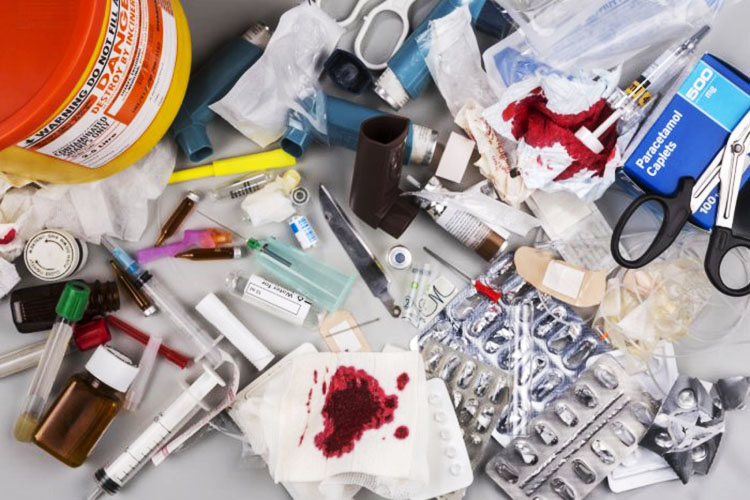
Damaging Sharps waste
Harmful waste refers to discarded medical sharps that can stab or cut the human body.
Discarded metal sharps, such as medical needles, suture needles, acupuncture needles, probes, piercing needles and various guide wires, steel nails, surgical saws, etc.
Discarded glass sharps, such as coverslips, glass slides, glass ampoules, broken glass test tubes.
Discarded sharps of other materials, such as disposable tweezers, disposable probes, disposable plastic pipette tips, etc.
Approach:
Injury waste (medical sharp equipment waste), put it in a yellow or red sharps box printed with a medical biohazard waste warning sign, and mark "injury waste" on the side of the box. Note: Choose a sharps box of appropriate specifications, fill it 3/4 full and seal it for transfer.
A full-filled sharps box fell vertically from a height of 1.5m to the concrete floor for three consecutive times. The sharps box will not be broken or punctured.
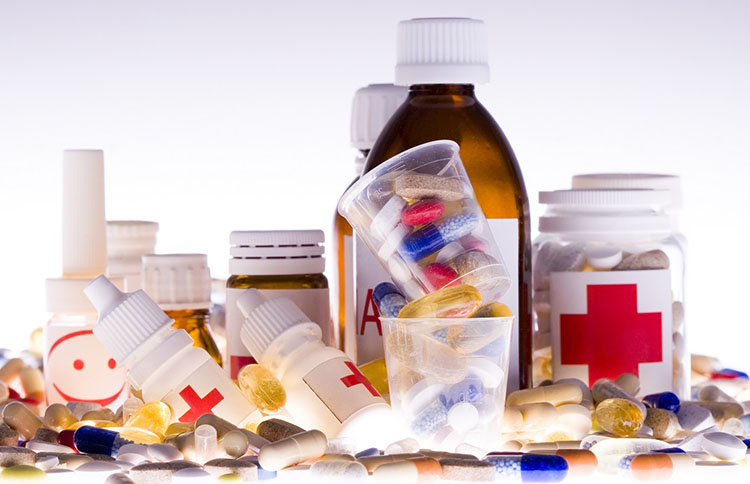
Pharmaceutical waste
Pharmaceutical waste refers to obsolete, obsolete, deteriorated or contaminated drugs.
Discarded general drugs, such as antibiotics, over-the-counter drugs, etc.
Discarded cytotoxic drugs and genotoxic drugs, including: carcinogenic drugs, such as azathioprine, chlorambucil, chlorambucil, cyclosporine, cyclophosphamide, chlorambucil, semustine, Tamoxifen, thiotepa, etc.; suspected carcinogenic drugs, such as: cisplatin, mitomycin, doxorubicin, phenobarbital, etc.; immunosuppressive agents.
Waste vaccines, blood products, etc.
Approach:
Batches of obsolete, obsolete, deteriorating or contaminated waste drugs shall be collected and registered by the Department of Pharmacy according to their types, and returned to the manufacturer or handed over to the hazardous waste disposal agency for disposal.
A small amount of pharmaceutical waste, including waste cytotoxic drugs and genotoxic drugs, can be directly put into medical garbage bags and medical garbage bins used to contain infectious waste, but it should be marked on the label.
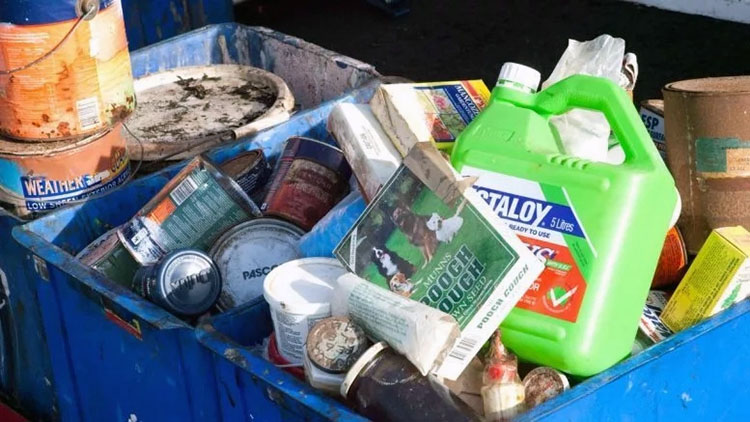
Chemical waste
Chemical waste refers to waste chemicals that are toxic, corrosive, flammable and explosive.
Waste chemical reagents used in medical imaging experiments. Waste peracetic acid, glutaraldehyde and other chemical disinfectants.
Discarded utensils and articles containing heavy metal substances, such as mercury-containing sphygmomanometers, mercury-containing thermometers, and mercury-containing articles after use in dentistry, etc.
Approach:
Batches of waste chemical reagents (such as ethanol, formaldehyde, xylene, etc.) should be handed over to specialized hazardous waste disposal agencies for disposal.
When batches of mercury-containing thermometers, sphygmomanometers and other medical devices are scrapped, they should be handed over to a specialized hazardous waste disposal agency for disposal.
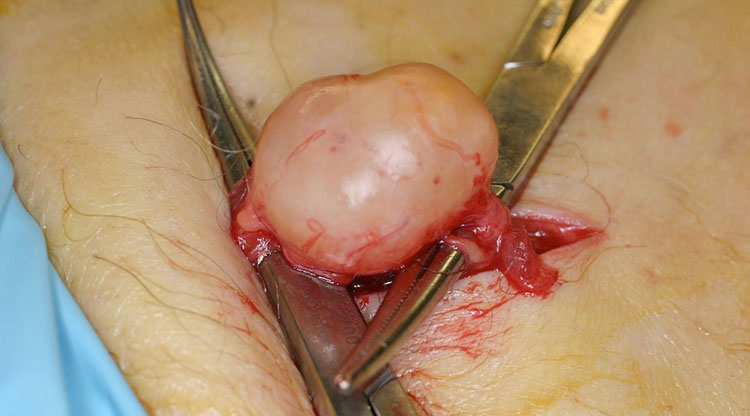
Pathological waste
Pathological waste refers to: human waste and medical laboratory animal carcasses produced during diagnosis and treatment.
Discarded human tissues, organs, etc. generated during surgery and other diagnosis and treatment processes.
Tissues and corpses of medical laboratory animals.
Human tissues, pathological wax pieces, etc. discarded after pathological sectioning.
Placenta of pregnant women with infectious diseases, suspected infectious diseases and sudden infectious diseases of unknown cause.
A stillborn fetus whose gestational age is under 16 weeks, or whose fetal weight is less than 500 grams.
Approach:
Put directly into the medical trash bag and medical trash can with lid.
The remains of fetuses and infants should be included in the management of the remains in accordance with the "Regulations on Funeral and Interment Management". It is strictly forbidden to dispose of the remains of fetuses or infants with a gestational age of 16 weeks or more or a fetal weight of 500g or more as medical waste.
The placenta after childbirth belongs to the mother, and no unit or individual is allowed to buy or sell the placenta. The parturient should go through the placenta treatment procedures with the medical institution before giving birth, and file with the medical history for future reference.
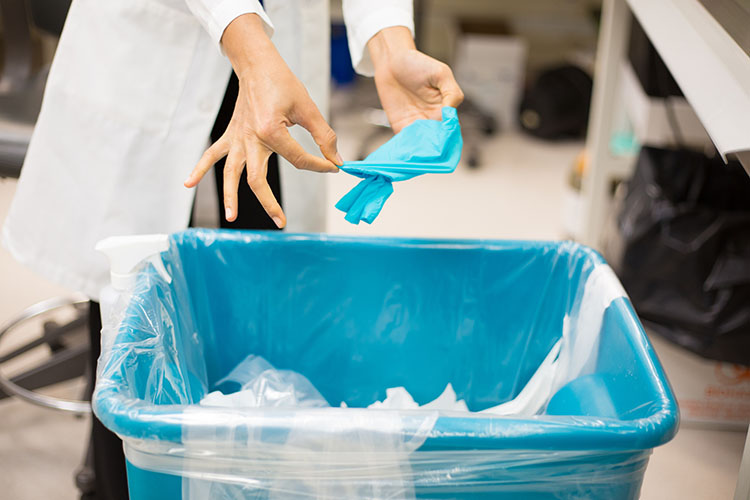
Collection of medical waste
1. For non-infectious medical waste and pathological waste, the warning label of "Medical Waste" should be pasted on the packaging bag.
2. Infectious waste (a small amount of pharmaceutical waste can be mixed), the packaging bag should be pasted with a warning label of "medical waste" and the words "infectious waste".
3. The pathogen culture medium, specimens, bacteria and virus seed preservation solutions shall be collected and treated as infectious waste after chemical disinfection treatment in the department.
4. The management of abandoned anesthetic, mental, radioactive, and toxic drugs shall be implemented in accordance with relevant regulations.
5. Use double-layer packaging for waste generated by infected patients and seal it in time.
6. When the contained medical waste reaches 3/4 of the packaging bag, it should be sealed, and the seal should be tight and tight.
7. Label the package or container, indicating the unit, date, category and special instructions.
8. Chemotherapy waste should be sealed tightly in a sealed bag, then put into a special red garbage bag, and covered with a bucket with a sealed lid.
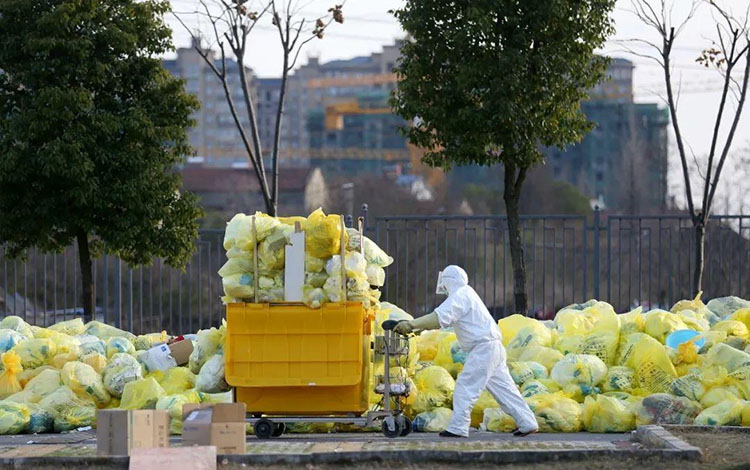
Storage of medical waste
1. The hospital shall set up a temporary storage warehouse for medical waste as required, set up medical waste warning signs and post warning signs of "No Smoking, Eating"; signs of temporary storage are complete (six preventions, hazardous waste, no smoking and no eating, decontamination of transfer tools );
2. The temporary storage room has a clean and tidy environment, complete cleaning and disinfection facilities, and good functions;
3. After the medical waste is transferred out, the temporary storage site and facilities should be cleaned and disinfected in time;
4. Designate special personnel to be responsible for the management of the temporary storage warehouse for medical waste. The temporary storage time of medical waste should not exceed 2 days. The medical waste cannot be mixed with domestic garbage; the staff should master the disinfectant preparation and disinfection methods, implement and register on time.
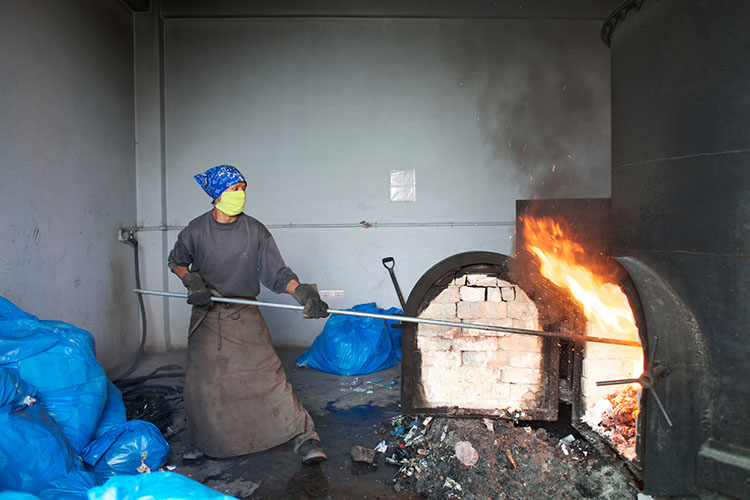
Handover of medical waste
Transport
1. The medical waste transfer tool should be dedicated, easy to load and unload, clean, and marked;
2. The medical waste transfer personnel shall transfer the medical waste according to the prescribed route, and shall not stay for a long time on the way;
3. The transfer tool should be kept closed during the transfer, with no spillage or leakage;
4. At the end of the transshipment work, the transportation tools should be cleaned and disinfected in time every day, and the registration should be done;
5. The protective equipment of the transfer personnel is fully equipped, and the protective measures are in place;
6. The transshipment personnel shall master occupational exposure emergency treatment methods.
Handover:
1. The quantity and weight of medical waste should be handed over and registered;
2. Summarize the quantity and weight of medical waste delivered (monthly summary by the department, daily for medical waste recycling personnel), and signature of the verifier;
3. Signed by both the handover and receiving personnel, and the information should be properly kept for at least three years.
Treatment of loss, leakage, and diffusion
1. Determine the type, quantity, time of occurrence, scope of impact and severity of medical waste that is lost, leaked, and diffused;
2. Organize relevant personnel to deal with the scene where medical waste leaks and spreads according to the emergency plan as soon as possible;
3. When treating areas contaminated by medical waste, the impact on patients, medical staff, other on-site personnel and the environment should be minimized;
4. Take appropriate safety disposal measures to disinfect or other harmless disposal of leaks and contaminated areas and objects, and seal off the contaminated areas when necessary to prevent the expansion of pollution.

